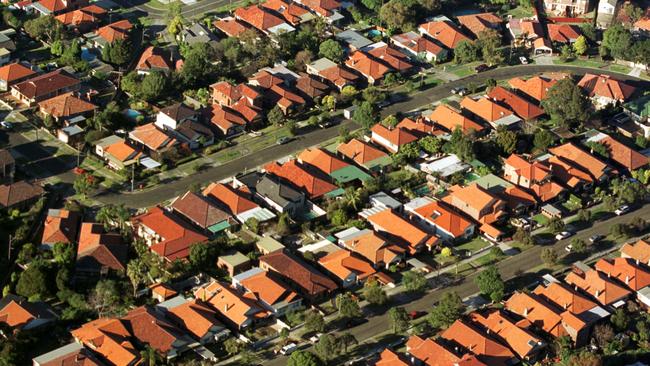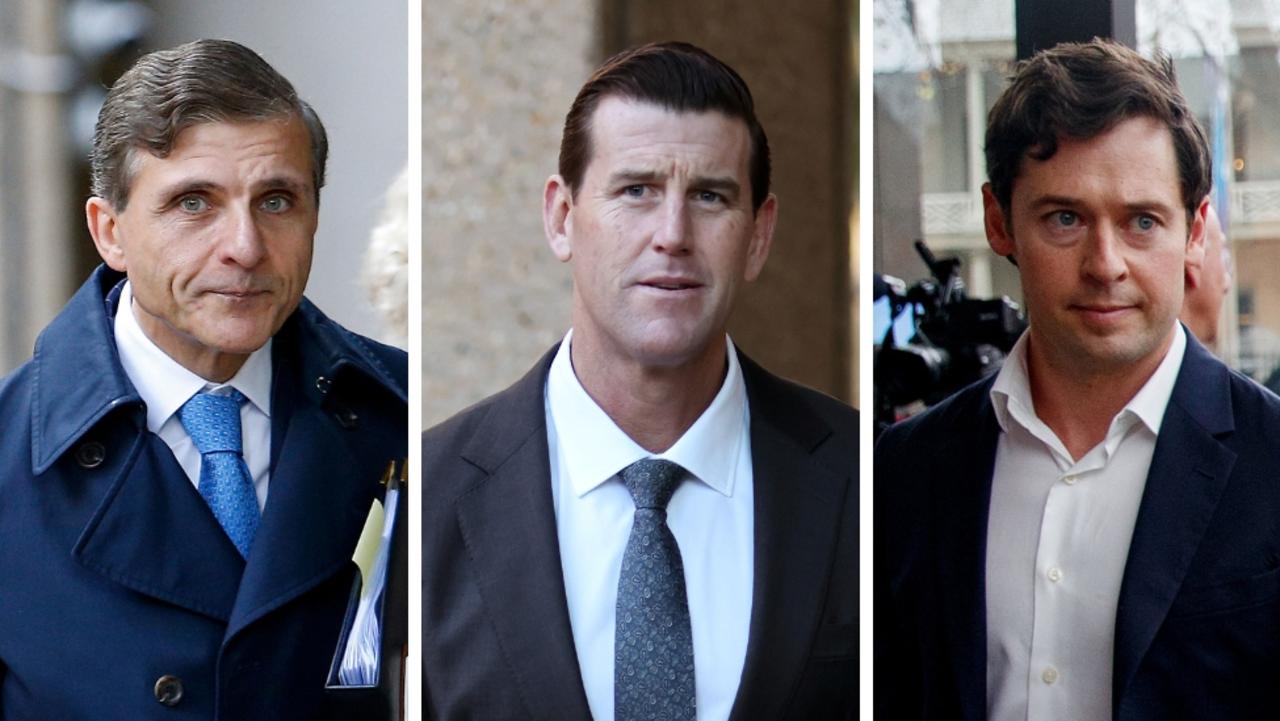
And on the other side, long suffering bank depositors have their fingers crossed that they will receive some relief from the interest rate punishment banks have handed out to them.
The simple answer is that mortgage rates will rise along with deposit rates. But we have a situation that is unique in the world.
Overall, the latest boost in US inflation is not good for Australia. Indeed, we are more vulnerable to the galloping global inflation trends than most other countries. Earlier this week under the heading “beware of an unexpected inflation twist,” I warned that around Australia, significant importers of consumer and other goods are being contacted by their suppliers in China and other parts of Asia warning that prices will rise significantly later in the year. To that you must add the impact of higher oil and food prices.
In the US, there has been a prevailing view that the supply chain forces boosting prices would recede so the Federal Reserve continued to stimulate the economy. It was the wrong decision and our Reserve Bank made a similar mistake, although our inflation is not as bad as the US.
After the latest US inflation figure hit 7.5 per cent, James Bullard, an outspoken member of the Federal Reserve’s “Open Market Committee” that sets US official rates announced he would will press for a one per cent rise in the official US rate by July and “is open” to a half a per cent rise next month.
Bullard has been warning of the inflationary danger for some months. His warnings have now been confirmed.
Australia will be impacted by the US decisions, but our situation is different. In America, people borrowing to buy houses can lock in interest rates for 20 or 30 years. And if rates fall they can renegotiate.
In Australia, we have borrowed to fund a housing boom at a level that is among the highest in the world. Even more serious, our mortgages are either on a flexible interest rate or on fixed rates that expire in a few years. In other words, a large segment of our population is much more vulnerable to interest rate rises than their US counterparts. Thankfully, many mortgage holders have been using the lower interest rates to accelerate their repayments which will provide a buffer. There is also full employment.
But demand in our society will decrease rapidly if we match the interest rate rises being canvassed in the US. Interest rate rises of, say, two per cent in Australia would have a devastating impact. Realising that higher rates are ahead, the CBA is forecasting a 10 per cent fall in house prices which will cause some recent homeowners to experience negative equity.
Another part of our problem is that our banks borrow on the global markets, so rising US interest rates will lift bank costs. Banks have already increased their fixed loan mortgages and would now like to increase flexible rate mortgages to cover the increased overseas borrowing costs. They are unlikely to act before the election, but the pressure is there. Australia will need to increase mortgage interest rates but will be wary of going too far because of our over borrowing.
Meanwhile as the cost of overseas borrowing rises, it will become more attractive to attract the local depositors with higher interest rates.
But Australians with cash have been like sheep to the slaughter and did not take their money out in response to token interest rates. This has been a big factor in bank profitability in Australia.
Accordingly banks will be tempted to continue the “ depositor punishment,” but global markets will force them to provide some relief for the depositor market.
Meanwhile on the sharemarket, investors will sort out those companies that will prosper in the higher inflation/interest rate arena and those that will suffer.
In the US, banks are seen as the great beneficiary. There is no doubt that high interest rates provide greater returns if deposit rates can be contained which is what our banks will aim to achieve. If we enter an era where Australian interest rates are markedly lower then other parts of the world, our dollar will suffer and that will increase the cost of imports further underwriting inflation.




Around Australia a big proportion of the population are now justifiably fearful that the new era of high global interest rates will boost their mortgage payment rates at a time when wage incomes are not rising fast enough to cover the repayments.